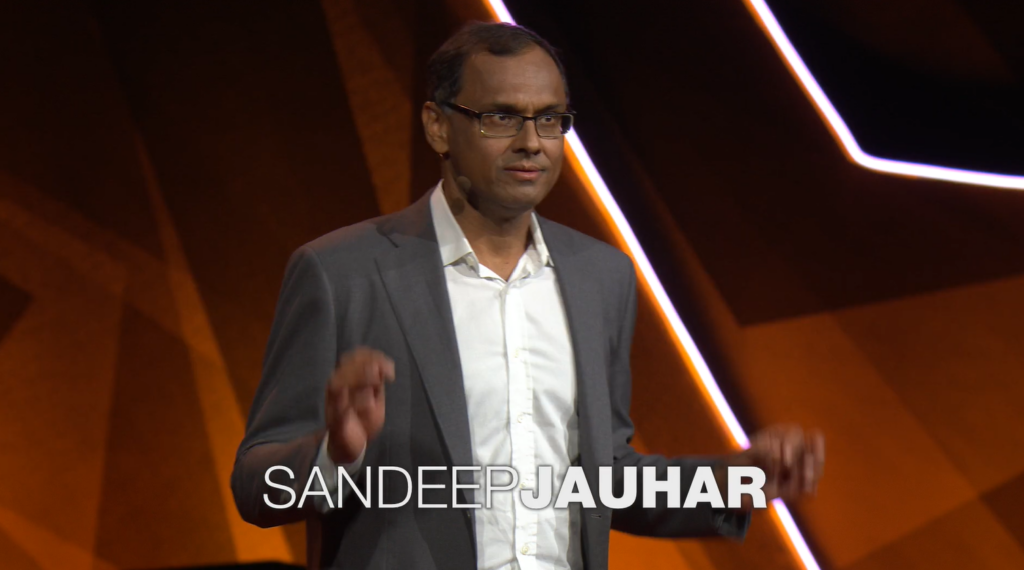Emotional trauma is a memory that lives in the body. It speaks through tension in the shoulders, a tight chest during conflict, a racing heart when we feel seen, or a collapse of energy when we are overwhelmed.
True healing, then, must include the body—not just the cognitive brain.
At the Center for Heart-Mind Coherence, we work with practices that bring the body, heart, and mind into dialogue. These practices don’t battle trauma—they gently rewire the nervous system to recognize safety, presence, and possibility.
Why the Mind Alone Isn’t Enough
Trauma disrupts the body’s natural rhythm. It leaves the nervous system in patterns of hyperarousal (fight or flight), shutdown (freeze), or compulsive fixing—long after the original experience has passed.
While cognitive understanding is helpful and important, insight alone doesn’t restore balance. Without getting in touch with the nervous system, the body may continue to react as if the trauma is still happening.
That’s why mind-body healing is essential. It offers not a fix—but a re-patterning.
Evidence-Based Healing Practices We Use at CFHMC
Our workshops incorporate gentle, accessible practices supported by trauma research, neuroscience, and contemplative traditions.
✅ Heart-Focused Breathing
This simple technique activates the parasympathetic nervous system and fosters emotional regulation. By placing attention on the heart while breathing slowly, clients learn to soothe inner turbulence and return to center.
✅ Somatic Awareness
Through guided movement, stillness, or body scans, we help clients notice how emotion lives in the body. Sensations once associated with fear or shame become messengers—not threats.
✅ Reflective Writing & Creative Expression
Writing allows the unconscious to speak. Art and symbolic exercises engage the right brain, by opening holistic space for intuition, insight and release.
✅ Mindfulness & Presence Practices
We use stillness not to escape discomfort, but to build the capacity to stay with it. This builds what neuroscience calls “integration”: the ability to hold complexity without collapsing or becoming fragmented.
✅ Contemplative and Spiritual Practices
Whether through prayer, gratitude, walks in nature, or guided visualization, we support clients in reconnecting to something larger than their wounds—a sense of inner coherence, meaning, purpose, or divine connection.
What Changes Through These Practices?
As clients engage with these tools over time, they begin to experience:
- Greater emotional resilience
- Reduction in anxiety, reactivity, and inner judgment
- A sense of calm even in uncertainty
- The ability to respond—not from the past, but from presence
This is not about perfection. It’s about integration. It’s about living from the wisdom of the body and the clarity of the heart.
You don’t need to force your way into healing.
You only need to be guided back into connection—with yourself, your body, and your inner truth.
Our workshops offer a supportive, trauma-informed space to experience these mind-body practices firsthand.





About The Author: Caroline
More posts by Caroline